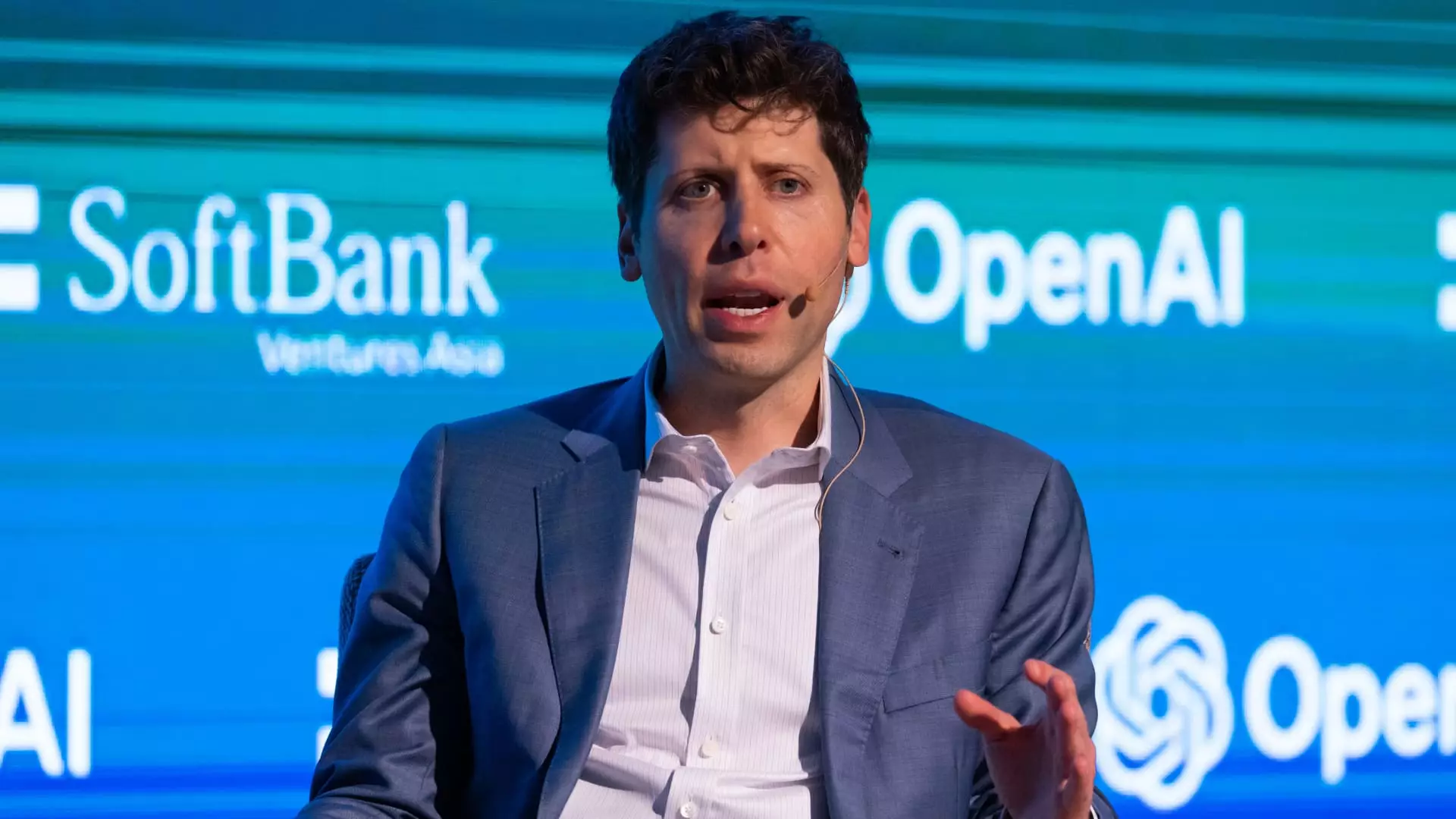OpenAI is set to engage in a significant transformation, moving from a nonprofit foundation to a more commercially-focused structure by 2025. This shift involves the establishment of a public benefit corporation (PBC) that will oversee its commercial activities, a change aimed at granting the organization greater flexibility akin to that of a high-growth startup. The board of OpenAI emphasized that the astronomical investments in artificial intelligence (AI) from top-tier companies mean that OpenAI must adapt to raise the critical capital required to sustain its ambitious mission and initiatives.
The board’s announcement highlighted a stark reality: the immense scale of funding needed to remain competitive in an ever-evolving and capital-intensive AI ecosystem. Currently valued at an estimated $157 billion, OpenAI’s rapid rise has been propelled chiefly by its flagship product, ChatGPT, which has catalyzed the generative AI revolution. However, sustaining this momentum requires substantial financial resources. OpenAI’s latest capital injection of $6.6 billion coupled with the projection of around $5 billion in losses against anticipated revenues of $3.7 billion illustrates the financial trials it faces.
The urgency for more conventional equity is underscored by demands from potential investors. With the AI market projected to exceed $1 trillion in revenues within the next decade, OpenAI must align with investor interests more directly. By transitioning to a Delaware PBC model, the company aims to open doors to greater fundraising opportunities while adhering to some of the social and ethical missions that characterize its nonprofit roots.
OpenAI’s evolution has been characterized by a series of strategic shifts reflecting its ambition to innovate while managing its responsibilities as a nonprofit. Founded in 2015 by tech luminaries including Sam Altman and Elon Musk, the entity was originally designed as a research lab dedicated to advancing artificial general intelligence (AGI). However, in 2019, the restructured capped-profit model was implemented, allowing a semblance of profit-driven goals within the nonprofit framework. According to OpenAI, the existing structure obstructed its ability to fully consider the financial interests crucial for its long-term viability.
The proposed restructuring into a PBC is seen as a necessary step not only to streamline operations and fundraising but also to uphold a segment of the organization that can focus on philanthropic initiatives in healthcare, education, and scientific endeavors. OpenAI’s commitment to maintaining a separate nonprofit arm through the PBC ensures that it can pursue charitable objectives while navigating the high-stakes commercial landscape.
However, this ambitious restructuring faces formidable hurdles, notably the high-profile legal dispute between Musk and Altman. Musk has publicly derided the transition as a “total scam,” claiming that the move deviates from the company’s original mission and ethics. OpenAI’s counterclaims highlight Musk’s prior interest in a profit-driven model, casting his current objections in a contentious light.
In addition to legal battles, OpenAI is grappling with significant departures from its executive team, including key figures such as CTO Mira Murati and research lead Bob McGrew. Reports suggest that these exits stem from internal disagreements regarding the company’s priorities, particularly the perceived tension between safety protocols and production pressures. Murati’s comments on her departure indicate broader concerns about the organizational culture, suggesting a shift towards prioritizing commercial success over product safety, a sentiment echoed by former heads of safety within the company.
Charting a Course in a Competitive Landscape
Despite these challenges, Altman maintains that recent executive changes are not directly related to the restructuring efforts. Instead, they reflect a maturation phase for the organization as it prepares for its next stage. OpenAI continues to focus on its mission, navigating the complexities of balancing growth and safety within an increasingly competitive AI marketplace.
The decisions made now will not only influence OpenAI’s operational capabilities but will also shape how it is perceived in the context of AI ethics and responsibility. As the landscape evolves, the pressure from investors, competitors, and the industry at large will dictate the course OpenAI takes, all while it attempts to stay true to its foundational mission.
As OpenAI ventures into this new chapter, it will be critical for the organization to maintain a careful balance between innovation, ethical considerations, and the pressures of a profit-driven environment. The outcomes of this transformation will not only impact OpenAI’s future but may also serve as a landmark case in the dialogue surrounding AI governance and corporate responsibility in technology.

